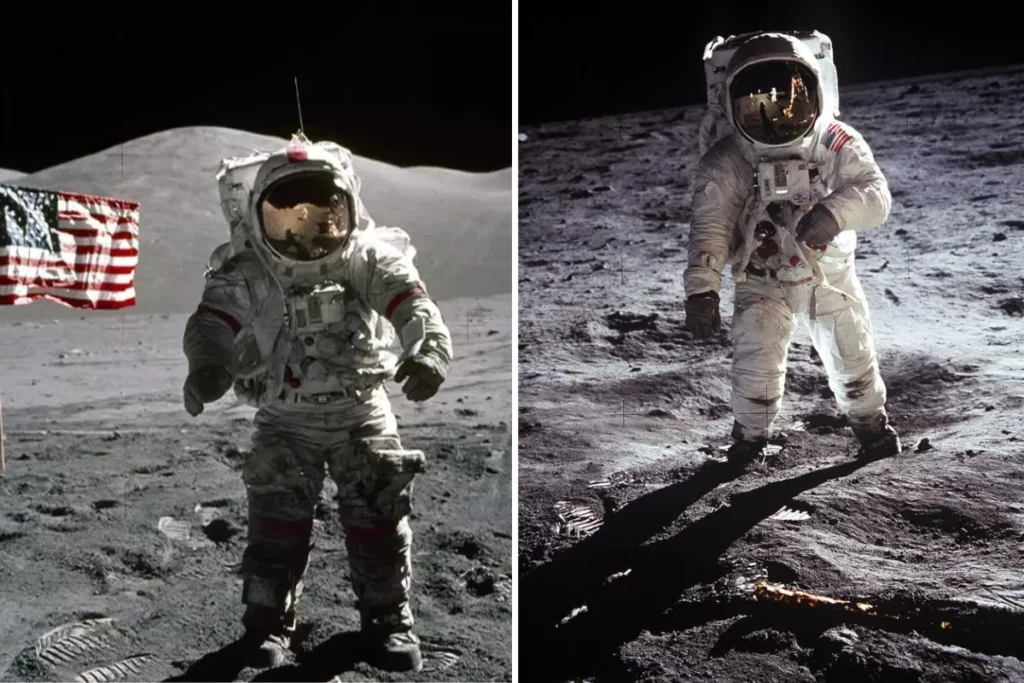The United States made history in 1969 by successfully landing humans on the Moon, but what many may not realize is the astronomical price tag that came with it.
Project Apollo, initiated in 1961, was the United States’ response to the Soviet Union’s advancements in space exploration.
The goal was clear: be the first to land a man on the Moon.
Yet, the journey from conception to the moment Neil Armstrong and Buzz Aldrin stepped on the lunar surface was one marked by immense challenges and escalating costs.
Neil Armstrong, Buzz Aldrin, and Michael Collins became household names after their successful mission aboard Apollo 11.
This triumph was the culmination of years of dedicated effort, innovation, and financial investment.
But the true cost of this victory remains a topic of intrigue.
Project Apollo wasn’t just about rockets and astronauts; it encompassed an entire ecosystem of support systems, from spaceship construction to the operation of ground facilities.
Each aspect required funding, and as the project developed, so did the financial burden.
The United States government, under President John F. Kennedy, initially estimated the cost at around $7 billion.
However, this figure soon proved to be a significant underestimation.
Over the course of the project, from 1960 to 1973, the US spent a staggering $25.8 billion on Project Apollo alone.
To put that into perspective, adjusting for inflation, the total expenditure amounts to approximately $257 billion in today’s money.
This figure includes the costs of hardware, facilities, and operational overheads directly linked to the lunar missions.
Moreover, when factoring in the costs of Project Gemini and the robotic lunar program, both of which were essential precursors to Apollo, the total investment swells to an astonishing $280 billion.
The expenses didn’t just stop with the successful moon landings.
As the missions progressed, the costs continued to rise exponentially.
In 1961, mission support and operations were reported to have cost $297,000.
However, by 1972, this number had ballooned to over $310 million, as per a 2022 study.
Despite these financial hurdles, the US achieved what no other nation had done before—landing a man on the Moon.
But the question remains: why haven’t we returned?
While space exploration continues, with the International Space Station playing a key role, the staggering costs of Project Apollo have cast a long shadow over future manned lunar missions.
The ISS, which has hosted 280 individuals from 23 countries, operates at a significantly lower annual cost of $3 billion for NASA.
Although still a hefty sum, it’s a fraction of what Apollo demanded.
The immense financial burden that Project Apollo placed on the US is a stark reminder of the sacrifices made to achieve that historic milestone.
Today, as the world looks towards the stars with renewed interest, the lessons of Apollo continue to resonate.
The Moon may call again, but the costs associated with answering that call remain a formidable challenge.
This is why, despite all advancements, the US has not attempted another manned Moon landing since those historic days of Apollo.


